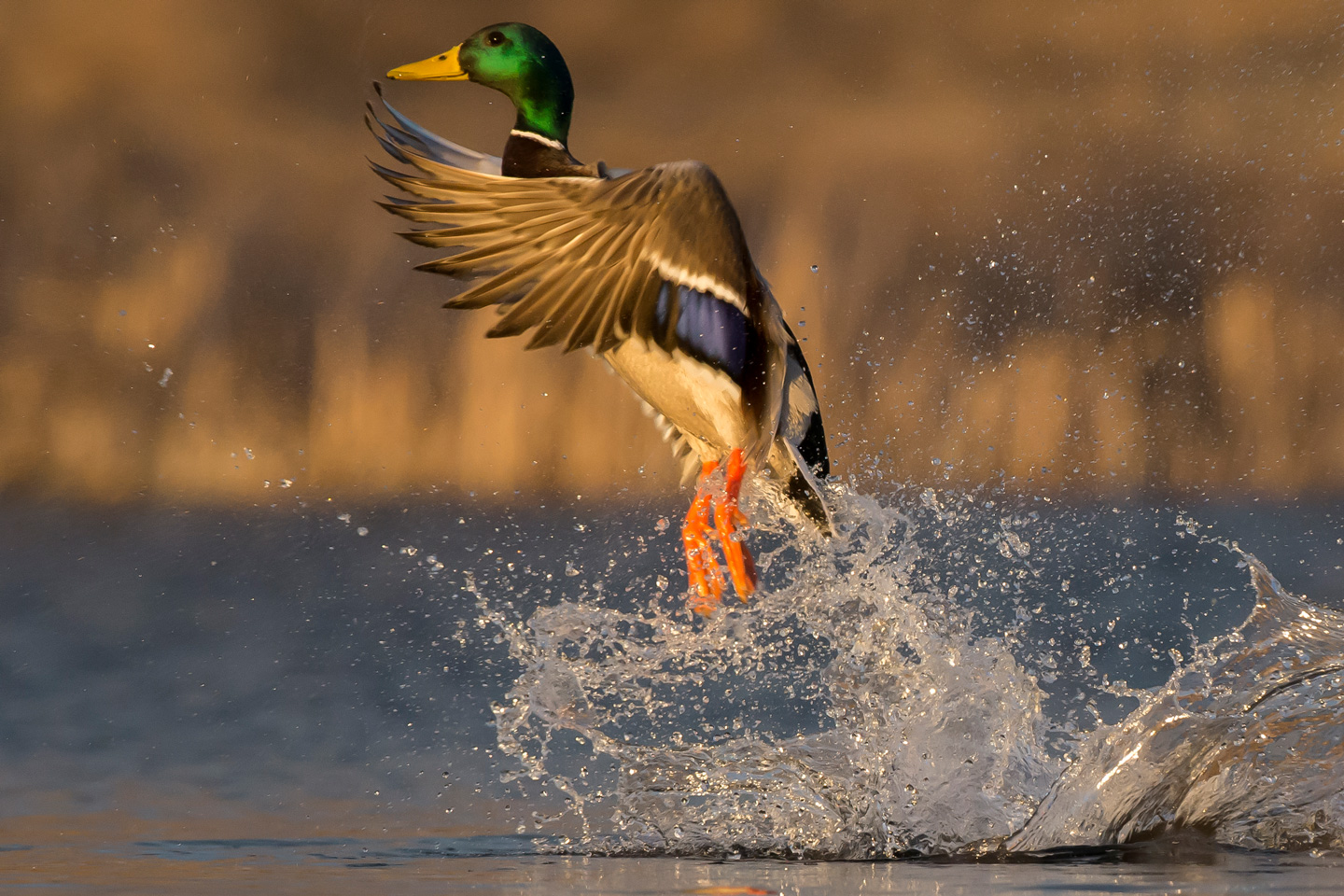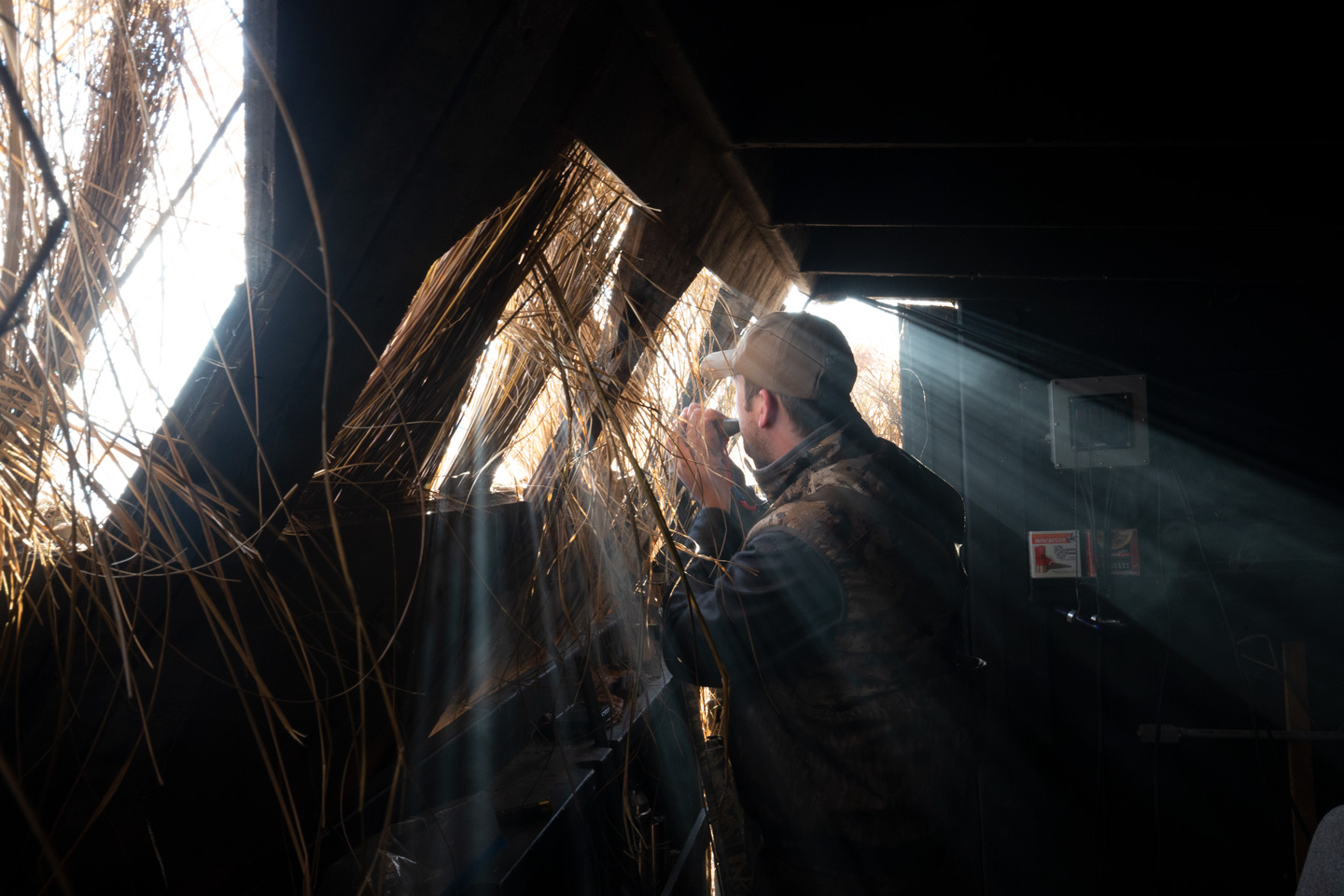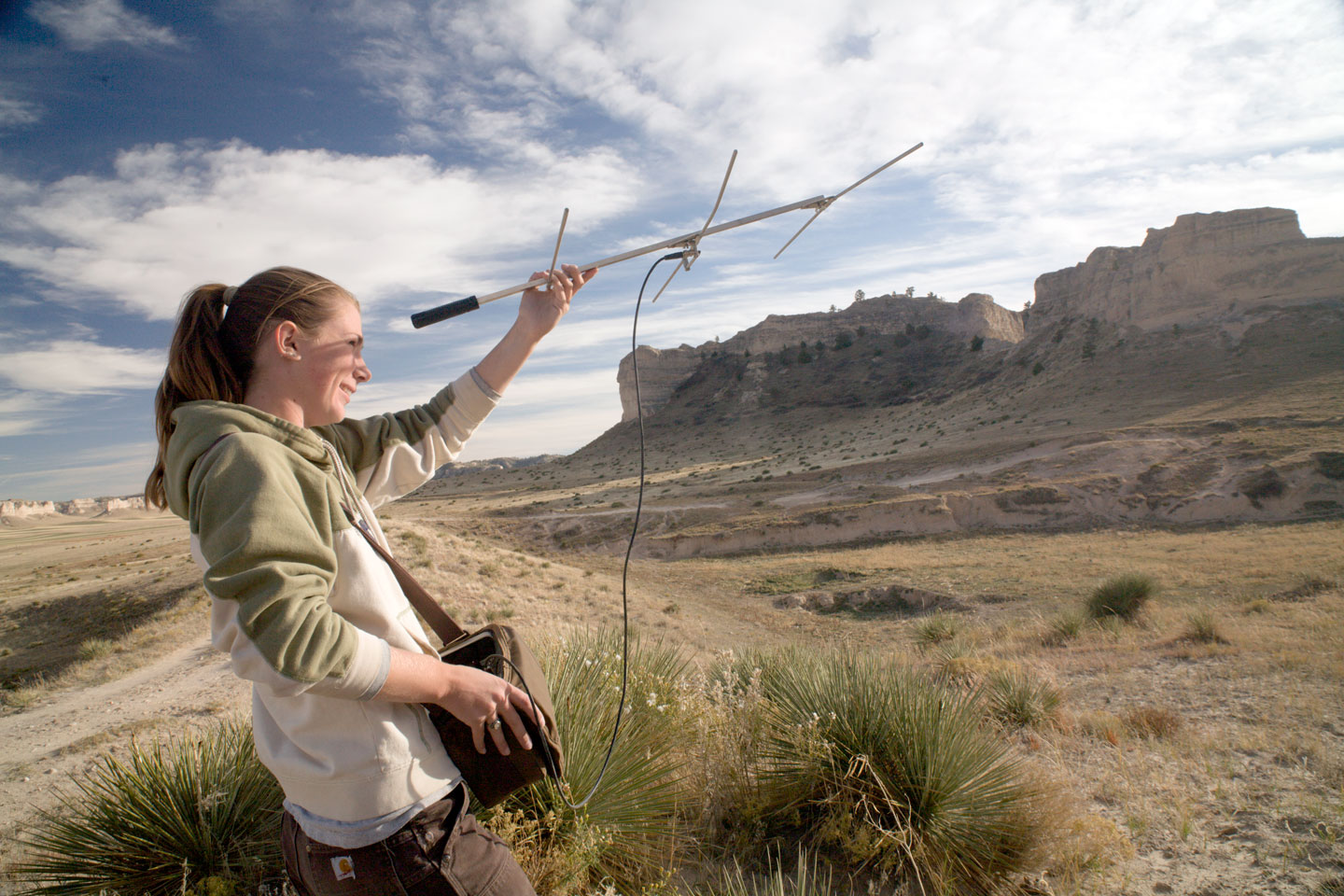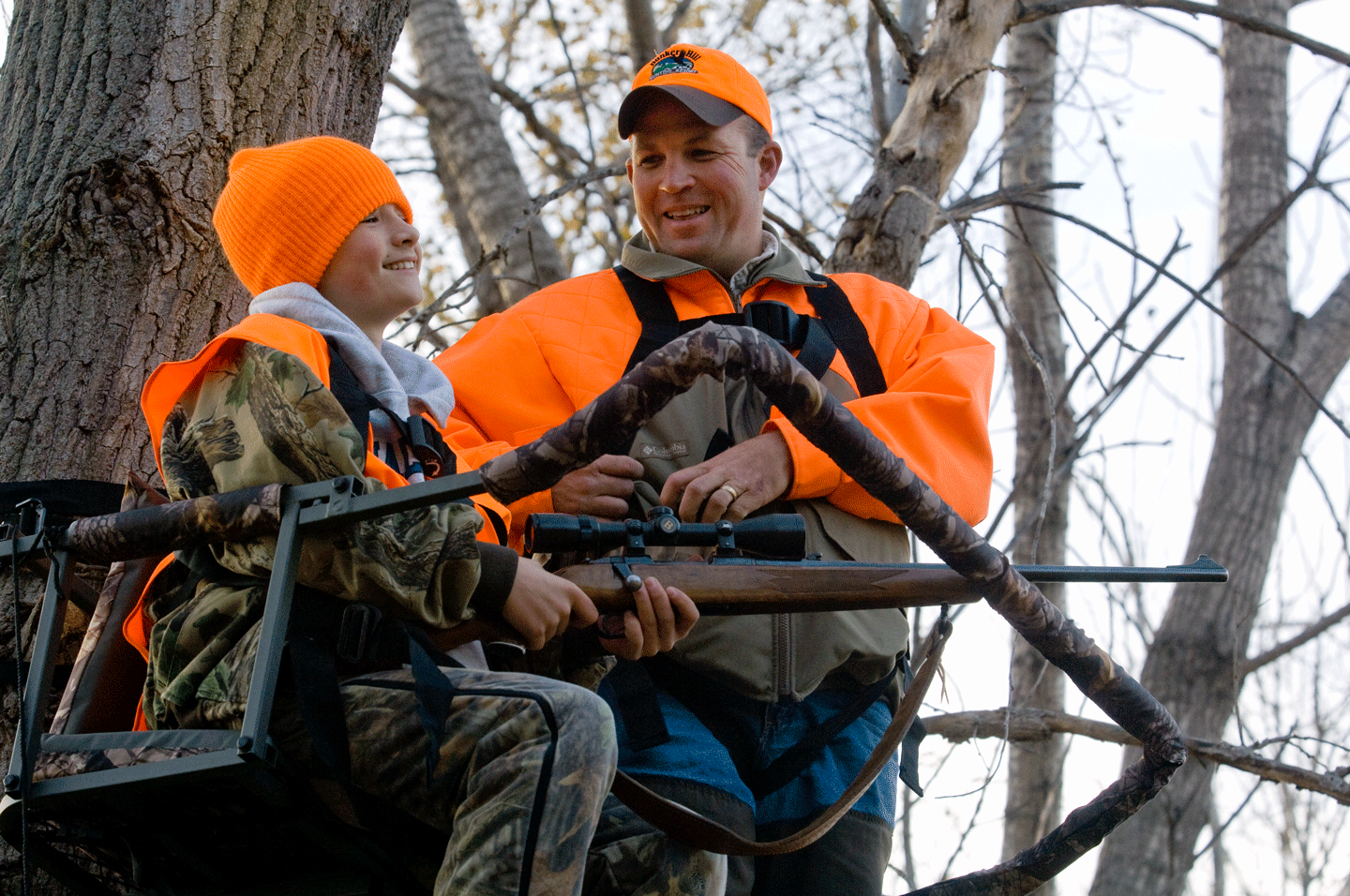Hunters were asked to provide two rounds of feedback: Round 1 of hunter feedback on waterfowl zone boundaries was Nov. 1-30, 2024. Round 2 took place Feb. 18 through March 14, 2025.
Based on the input received during round 1, hunters were invited to share input on proposed changes to duck zones and goose unit boundaries. Counties affected include Arthur, Boyd, Burt, Cass, Cedar, Dakota, Dixon, Dodge, Garden, Garfield, Grant, Greely, Holt, Howard, Keya Paha, Knox, Morrill, Nemaha, Rock, Saline, Saunders, Thurston, Thurston, Washington, and Wheeler counties. We also welcomed feedback on Duck Zone 1.
Results from this survey helped determine final proposals regarding duck zones and dark goose units. Any changes will take effect for the 2026-2027 hunting seasons.




